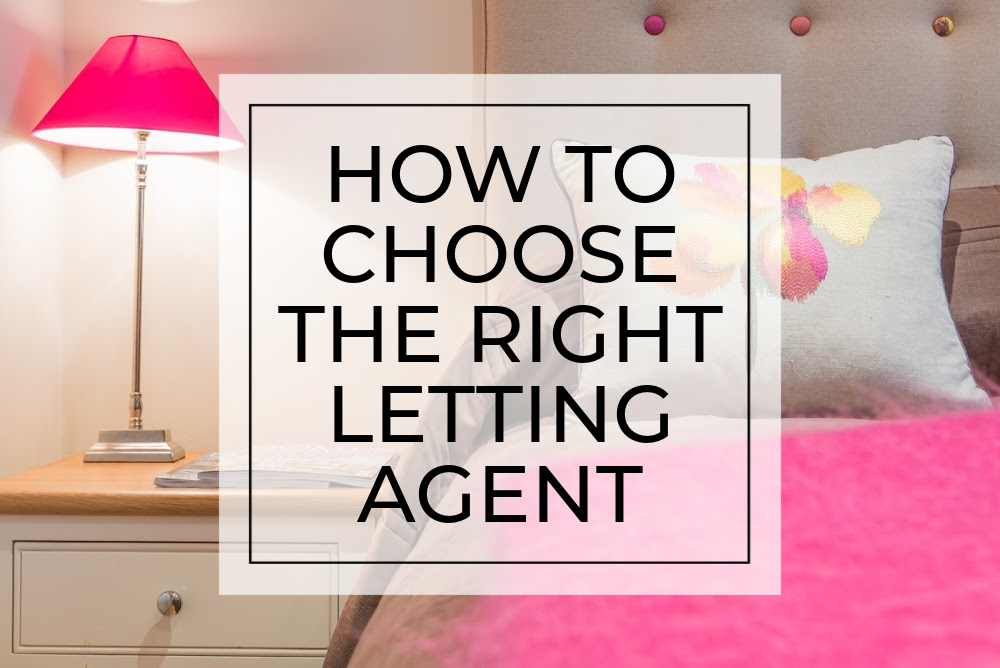As a landlord, one of the challenges that may keep you awake at night is thinking about your tenants – finding the right ones, keeping the good ones, finding a way to make those unsuitable tenants move on … all this added stress can be a nightmare!
So, what’s the answer?
How do we start to sleep more soundly and feel better about our properties and our tenants?
How do we find that elusive ‘perfect tenant’?
Do they even exist?
The answer simply is yes. Yes they do.
There are plenty of amazing tenants out there, and in next month’s blog we’re going to walk you through the process of attracting them.
But, before you can attract a perfect tenant, we need to define what that really means and how we recognise these gems when they appear in front of us.
We’re all looking for tenants who pay the rent on time, and who look after our properties. But there’s more to finding a profitable and enjoyable tenant than just that. Spending some thought and time researching the perfect tenant for your property will save you time and money if you get it right.
But what does ‘right’ look like?
Every property is different, as is every person. Finding the right match is key and that is the tricky bit. There are so many moving parts to manage!
Firstly, there are all the considerations around you as a landlord. What about the income you need to generate? The lifestyle you want to lead? Your intentions and plans for now and for the future? Do you know what you need or want from your property at the moment? What about going forward? Do you want to manage everything yourself or do you need some support?
Then there’s everything associated with your tenant to think about. Can you trust them to look after the property? Do they have a personality that will mesh well with yours and really take care of the things that matter to you? What does their past record look like? Can you get references – are they genuine? Will they pay their rent on time? Will they fit in well with the neighbours? Do you have time to do all of this yourself?
That is a lot of questions! And these are the tip of the iceberg when it comes to finding the perfect tenant. It can feel overwhelming, worrying and stressful.
When you get it right it’s easy… you can sleep better at night.
So, how do we get it right?
That’s where choosing the right letting agent comes in.
With even the best of investments, no rental property is going to make any money until there’s a tenant in place and regularly paying you rent. Our time and our properties are precious! Letting them out can be such an ordeal on our own. Having the peace of mind and knowing that our properties are in safe hands far outweighs any cost involved, especially when the service is excellent. A letting agent can take the weight off your shoulders throughout the entire process. From finding tenants, to collecting rent, to fully managing each tenancy in the way that you need – a good letting agent does it all.
When looking for a long-term tenant, there are so many things to think about. How do you decide on the perfect one? Here are some thoughts from our letting agents on how we do just that…
"Look for someone who wants to look after the property as if it were their own.”
Do they talk about making improvements, or finding furniture to complement certain spaces? Do they offer to take their shoes off when they walk in to look after the carpets? These are definitely positives to look for.

“Getting a dog means they’ll stay longer.”
Pet friendly rental homes are hard to find – if a prospective tenant has a dog, or wants to get one, it is likely that they’ll want to stay there for a much longer period of time.

“Look for people with a stable job.”
Stability at work leads to stability at home and the ability to pay the rent in full and on time.
“Are they communicative with you?”
Do they reply quickly to your emails or messages? Do they answer the phone or call you back in reasonable time? Good communication in the early stages is indicative of great ongoing communication – a must between landlord and tenant.

“Are you wanting a shared house with several tenants?”
If that’s not for you, then it’s better to know that from the very beginning. If you are looking for sharers, then there is a lot to be mindful of, but also loads of benefits.

“Trust your gut.”
If you feel uneasy or you notice anything that you really don’t like, take it as a sign that these are not the tenants for you. You’re looking for a less stressful process, not to add pressure.
“Be choosy.”
Meet people in person – or make sure your agent does. We can learn so much more about a person, in person, than we ever can via phone calls or emails. Find out about their plans, any links they have to the area or any friends you might have in common. Do they have children that go to the local school? Do they work locally? See where they are in their lives and have as much insight into them as tenants and as people as possible.

“Get references.”
Tenant referencing is the best way of finding out information about a prospective tenant and there are several options to choose from; from landlord references, to credit checks, to income and employment references along with right to rent referencing.
Referencing gives you much more confidence in your decision.

Want to know more about how we can support you on your rental journey?
Get in touch!
For more information on how our expert letting agents can help you with your property, call us on 01364 652652 or email us katie@sawdyeandharris.co.uk.



















